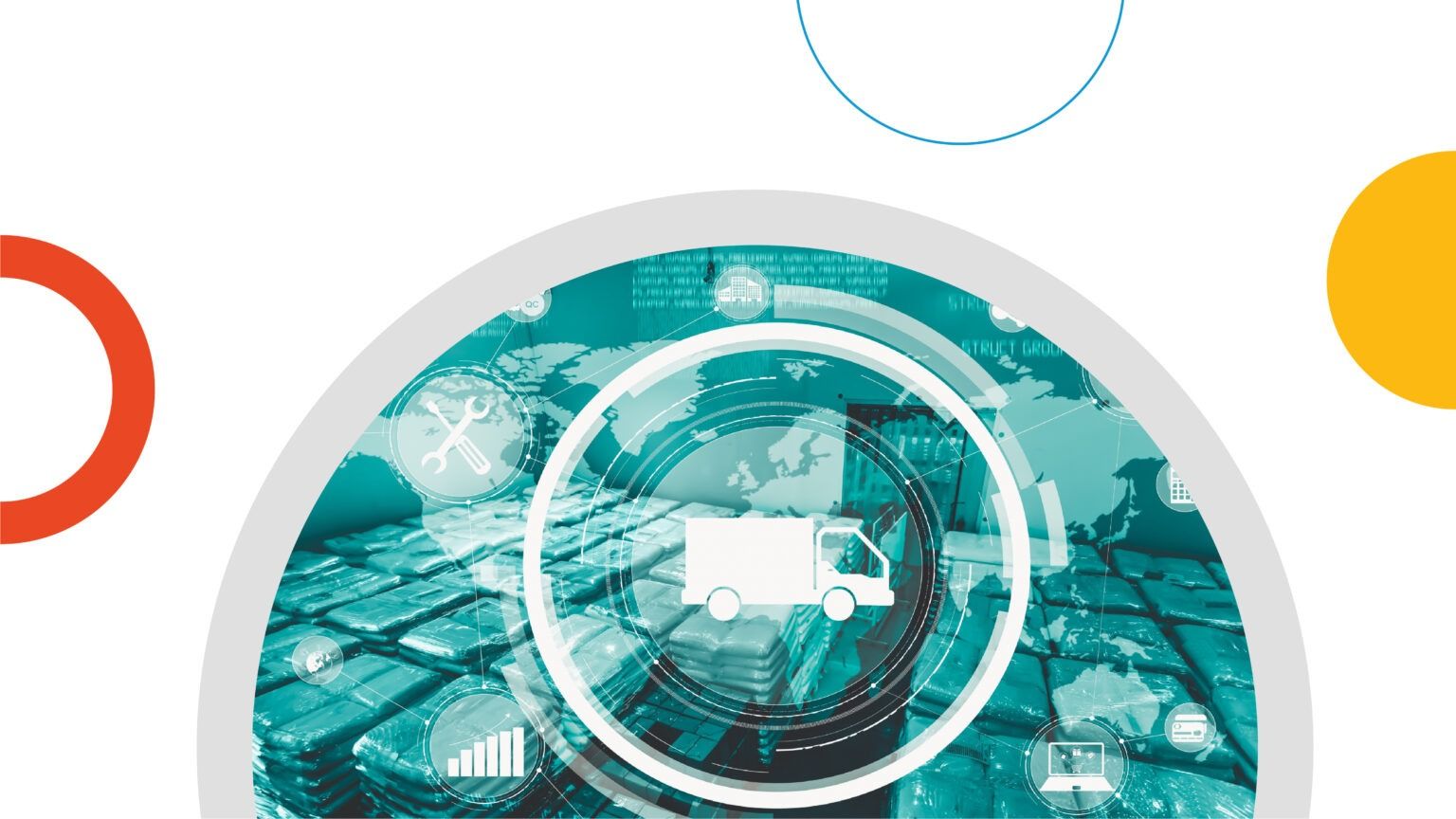The COVID-19 pandemic has upended global economies, industries and businesses in unimaginable ways. While SMBs are usually the more vulnerable segment to be impacted by any economic downturn or crisis, the pandemic proved to be disruptive for large corporations as well.
Let us look at some of the ways big businesses were disrupted:
Supply chain hiccups

When the pandemic was intensifying in 2020, tech behemoth Amazon did something unthinkable: it discouraged consumers from shopping! It grappled with supply chain issues, and its ‘limited inventory’ model was ill-equipped to meet the surge in consumer demand for essential and non-essential products. The company scaled back on customer discount features such as online coupons and took other measures to enable its employees to stabilise the temporary disruption to its supply chain.
In the early days of the pandemic, tech giant Apple Inc. also faced hiccups to its supply chain as its products, especially the iPhone are assembled in China’s factories. Supply shocks that disrupted shipping and led to store closures across Mainland China temporarily impacted the company’s sales.
These are just some of the examples of how supply chain disruptions posed unique challenges for corporates.
It has been a year since the pandemic broke out, and global manufacturing organisations and other big businesses are exploring innovative ways of rebuilding the existing supply chains. “Reshoring” or “nearshoring” manufacturing operations by diversifying away from China are some of the alternatives companies are considering in the post-pandemic world.
Rising Cybercrime

When corporates rolled out the work-from-home policies, it opened the gateway for cybercriminals to infiltrate a company’s systems through data breaches and ransomware attacks. When lockdowns were enforced, large conglomerates became easy targets for cyberattacks as data thieves targeted customers through phishing emails, trojans and fake websites. For instance, Lazada, the Singapore-based e-commerce firm owned by Alibaba announced that 1.1 million customer accounts had been hacked.
Corporates the world over are striving to ramp up efforts to create consumer awareness regarding cyberattacks and hacking. As the remote workforce becomes increasingly reliant on online banking services, there is a pressing need for financial institutions to step up efforts to protect consumer data and privacy to maintain customer trust.
Reimagining sales and marketing

Since consumer behaviour has witnessed a seismic shift amid COVID-19, marketers in global organisations have the onus of building new and enhanced customer experiences without face-to-face interactions.
For instance, as automakers slowly get back on the road to recovery, they are exploring new avenues for growth. Since contactless transactions will lead the post-pandemic world, the sales function in automobile companies will move towards online sales and after-sales and test drives that are offered at the customer’s doorstep.
The marketing teams of global corporations would have to invest in digital technologies, such as Artificial Intelligence (AI), Machine Learning, Augmented Reality (AR) and Virtual Reality (VR) to personalise customer experiences and leverage the power of cognitive computing to add the ‘human’ touch to consumer interactions.
Digitising banking and financial services

We were already accustomed to online banking and ATMs in the pre-pandemic days. However, COVID-19 has almost overnight compelled consumers to shift to online banking completely. Legacy systems have been replaced with cloud-based platforms to enhance the operational efficiency of banking systems and better serve changing consumer needs.
As digitisation in banking has been accelerated by the pandemic, banks should ensure a customer-centric approach to achieve digital success. Given the increased ransomware attacks and other cybercrimes across financial institutions, they should ensure that the privacy of customers is safeguarded at all times.
The banking industry should emerge stronger in the post-pandemic scenario and reinvent itself by leveraging new technologies and innovating with its varied portfolio of financial products and services.
______
A key learning from COVID-19 is that there is no saying when the next pandemic or global crisis could hit the world. Corporates that had ignored innovation and stuck to legacy systems for their technological processes were in for a rude shock when the pandemic suddenly disrupted their businesses.
Therefore, as the world emerges from the despair of the pandemic, big businesses should strive to upgrade their technology platforms and remain customer-focused to strategise their next phase of growth. Being aware of the risks and opportunities in the market will enable them to take the next leap in the right direction—and be prepared for the next disruption.





